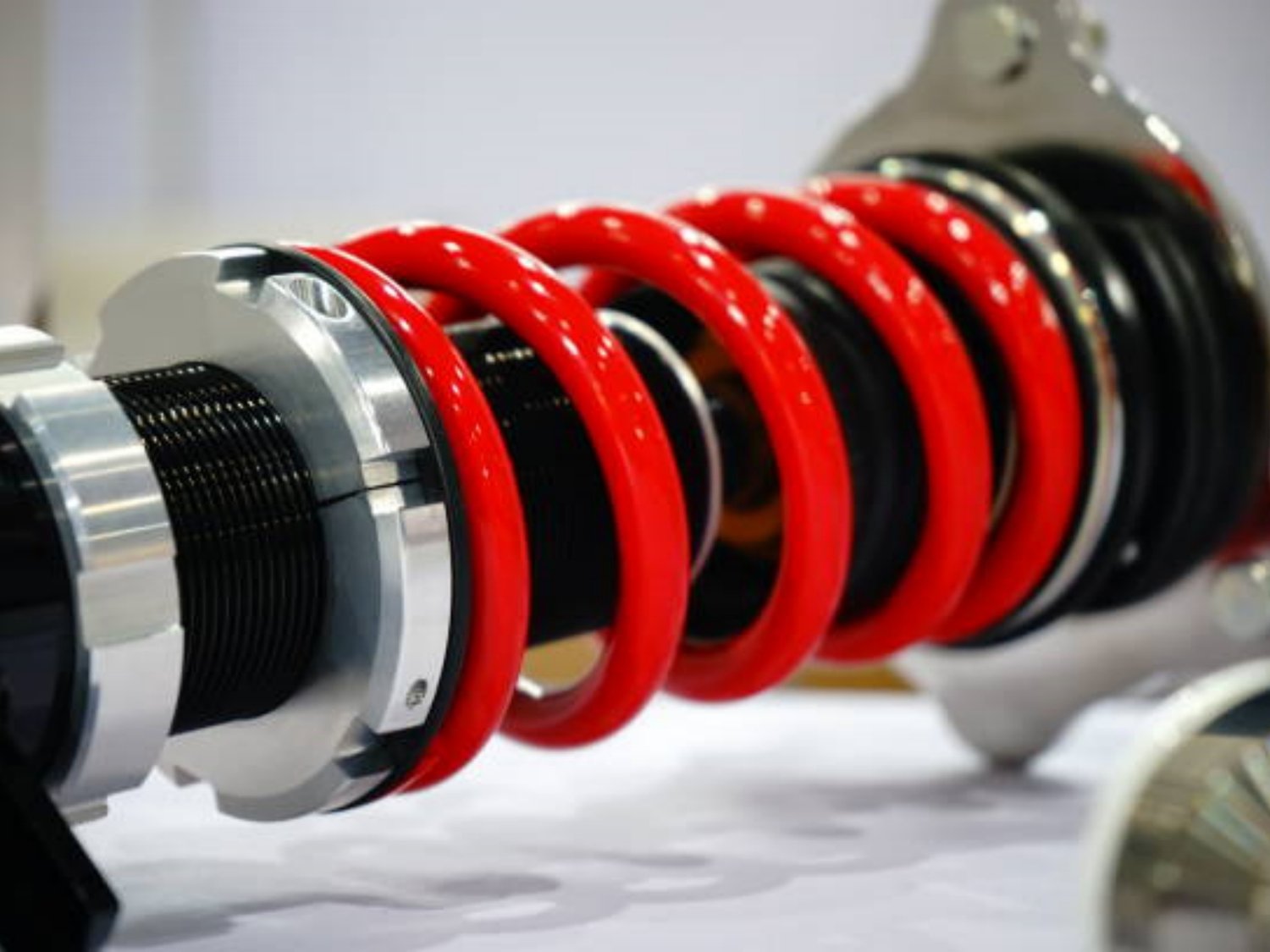The Basics of long compression springs
Long compression springs are a type of mechanical spring that are designed to store and release energy. They are typically made from a variety of materials, such as stainless steel, music wire, or carbon steel. These springs are characterized by their long length in comparison to their diameter, allowing them to exert a significant amount of force when compressed. In this article, we will explore the benefits and applications of long compression springs and highlight their importance in various industries.
Superior Load-Bearing Capacity of long compression springs
One of the key advantages of long compression springs is their impressive load-bearing capacity. Due to their elongated design, they can withstand higher loads compared to shorter springs. This makes them ideal for applications that require heavy-duty support, such as automotive suspensions, industrial machinery, or aerospace components. Long compression springs can effectively absorb shock and distribute weight evenly, ensuring the structural integrity of the system they are incorporated into.
Flexibility and Versatility of long compression springs
Long compression springs offer a high degree of flexibility and versatility in their applications. They can be custom-designed to meet the specific requirements of various industries and environments. With the ability to accommodate different lengths, diameters, and spring rates, these springs can be tailored to provide the desired level of compression and resistance. Whether it's a medical device, a heavy machinery system, or a precision instrument, long compression springs can be adapted to suit a wide range of applications.
Energy Storage and Shock Absorption
Long compression springs excel at storing and releasing energy, making them invaluable in applications that involve repetitive movements or shock absorption. When compressed, these springs store potential energy, which is then released as kinetic energy when the compression force is removed. This characteristic makes them ideal for applications such as vehicle suspension systems, exercise equipment, and door closing mechanisms. Long compression springs effectively dampen vibrations, absorb shocks, and provide a smooth and controlled motion.
Precision and Durability of long compression springs
Long compression springs are known for their precision and durability. They are designed to withstand high levels of stress and maintain their performance over extended periods of time. With proper material selection and manufacturing techniques, these springs can resist corrosion, fatigue, and wear, ensuring a longer lifespan and reliable operation. Their precise dimensions and consistent spring rates allow for accurate and repeatable performance, making them a preferred choice in critical applications where precision and reliability are essential.
Wide Range of Applications of long compression springs
The versatility of long compression springs enables them to be used in a wide variety of applications across numerous industries. In the automotive sector, they are commonly found in suspension systems, clutch mechanisms, and braking systems. In the aerospace industry, long compression springs are used in landing gear assemblies and control mechanisms. They are also utilized in medical devices, industrial equipment, agricultural machinery, and many other fields where reliable force absorption and energy storage are required.
Specialized Uses in Engineering of long compression springs
Long compression springs find specialized uses in engineering applications. For example, they are frequently employed in bridge construction to dampen vibrations caused by wind or traffic, ensuring the stability and safety of the structure. These springs are also used in heavy machinery to counterbalance weight loads and provide smooth and controlled movements. In addition, long compression springs can be found in hydraulic and pneumatic systems, where they play a vital role in controlling fluid flow and pressure.
Considerations for Design and Installation
When designing and installing long compression springs, several factors need to be taken into account. These include the required force and deflection, the space limitations, the environment in which the springs will operate, and the expected lifespan of the system. Consulting with an experienced spring manufacturer or engineer can help ensure that the springs are properly designed and specified for the specific application, optimizing their performance and longevity.
Maintenance and Inspection of long compression springs
Like any mechanical component, long compression springs require regular maintenance and inspection to ensure their continued functionality. This involves checking for signs of wear, fatigue, or damage, such as deformation, corrosion, or loss of tension. Regular lubrication may also be necessary to minimize friction and prevent premature failure. By implementing a proactive maintenance schedule, potential issues can be identified early on, minimizing downtime and preventing costly repairs or replacements.
Conclusion
Long compression springs offer a range of benefits, including their superior load-bearing capacity, flexibility, energy storage capabilities, precision, and durability. With a wide range of applications in various industries, these springs play a critical role in supporting and enhancing the performance of countless systems and devices. By understanding the considerations for design, installation, and maintenance, engineers and manufacturers can harness the full potential of long compression springs and ensure their optimal performance and longevity.

